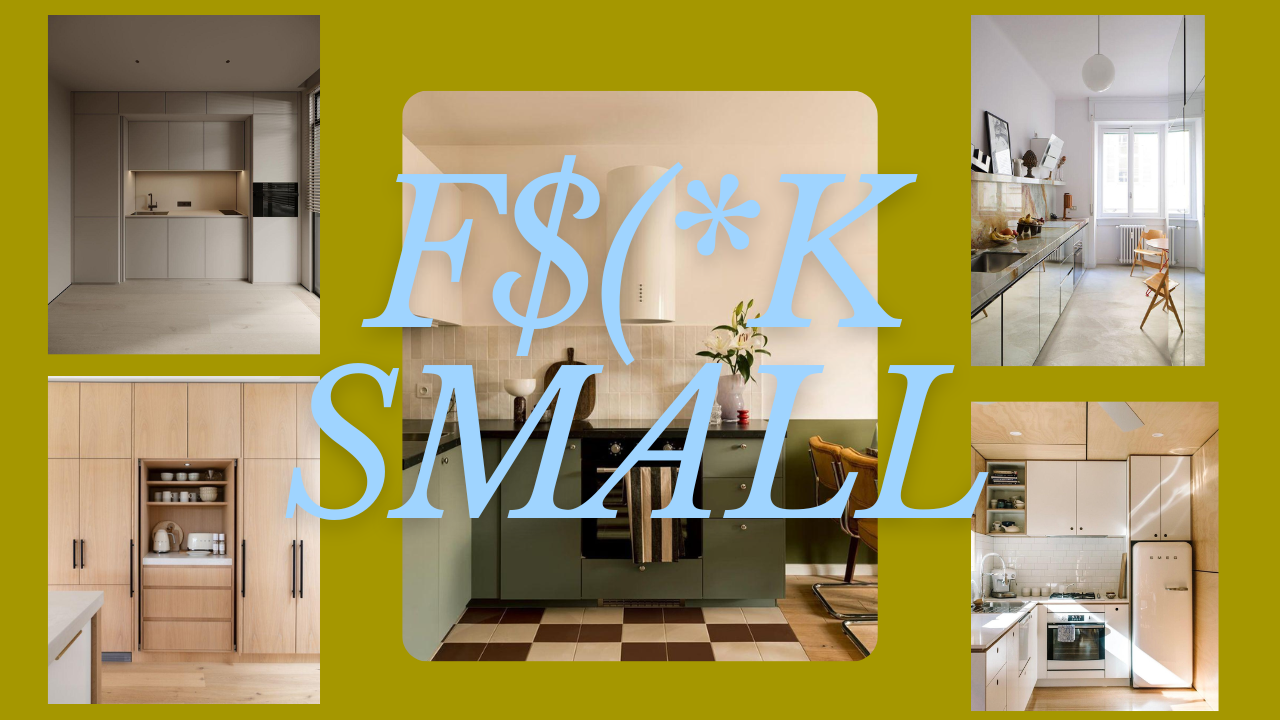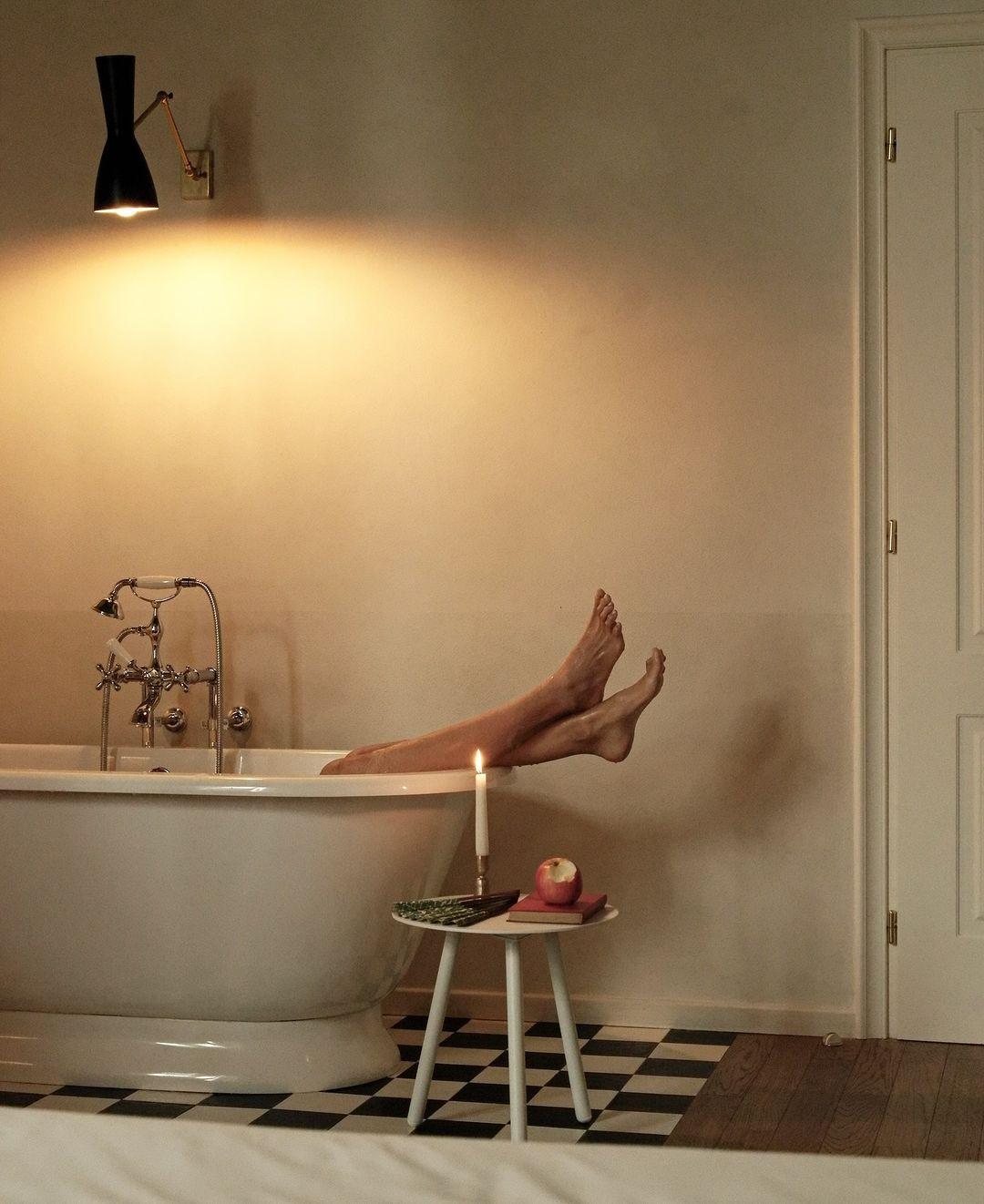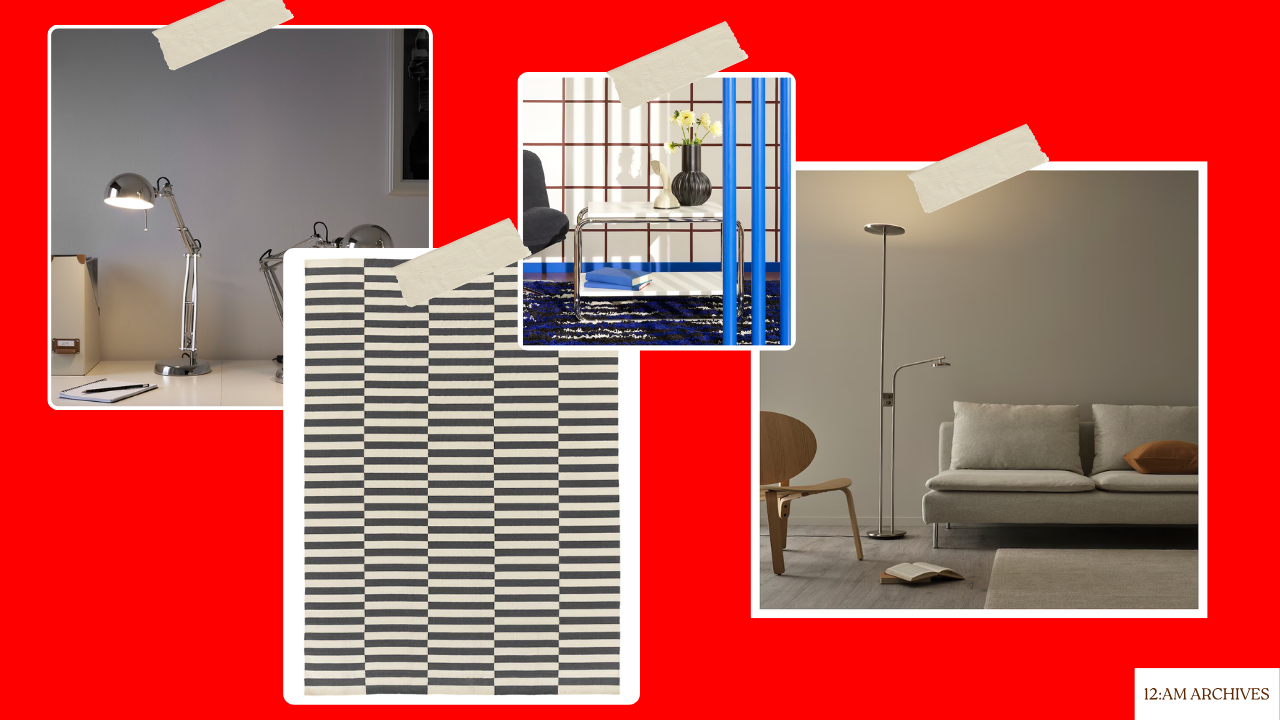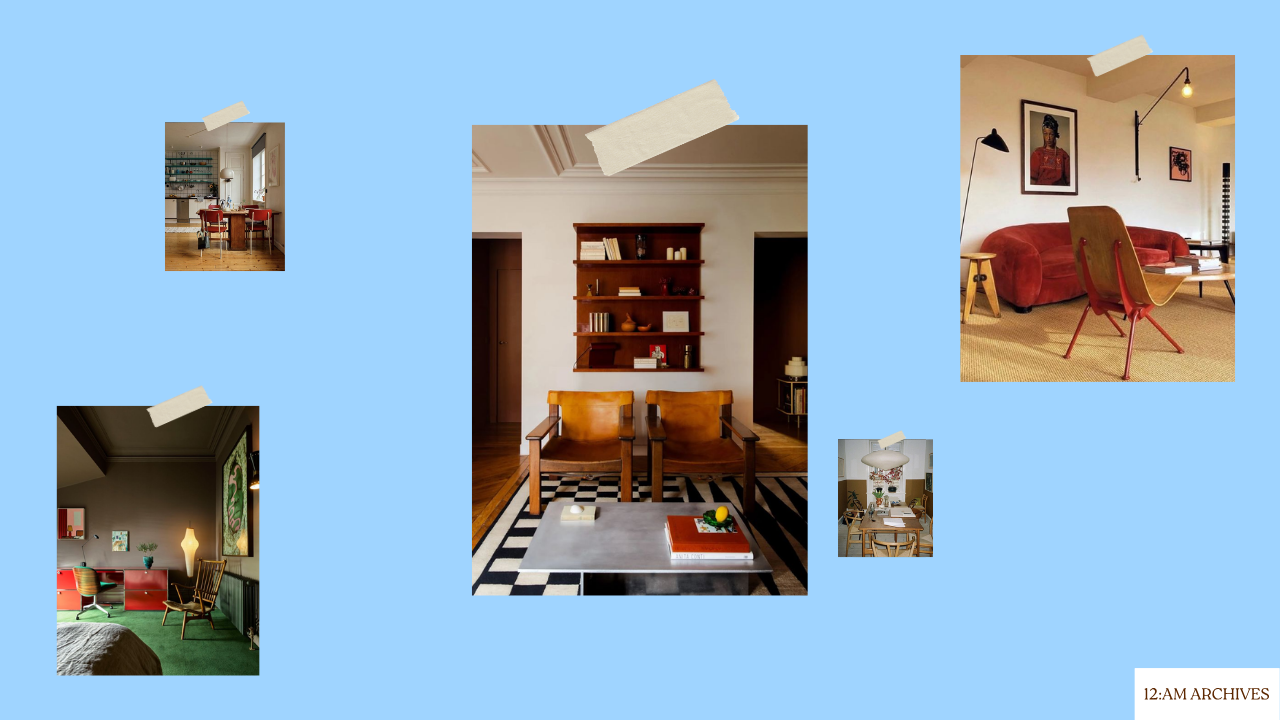Japandi kitchen design harmoniously blends Japanese and Scandinavian aesthetics, creating a space that is both functional and serene. This style emphasizes simplicity, natural materials, and a balanced mix of modern and rustic elements. Here’s how you can seamlessly integrate Japandi design into your kitchen, creating a space that embodies both beauty and practicality, with a focus on unique items that add a distinct touch.
Table of Contents
Embrace Minimalism
One of the core principles of Japandi design is minimalism. Start by decluttering your kitchen, ensuring countertops and storage areas are clear and open. Opt for cabinetry and furniture with clean, straight lines and minimal ornamentation. For a cohesive look, stick to a neutral color palette featuring whites, blacks, grays, and natural wood tones.
When decorating, less is more. Avoid excessive decorations or busy patterns that can disrupt the minimalist aesthetic. Also, steer clear of bright, bold colors that can overwhelm the serene atmosphere. Instead, focus on subtle, understated accents that enhance the overall design.
Choose Natural Materials
Natural materials play a pivotal role in Japandi design. Incorporate natural wood elements such as oak, walnut, or bamboo for your cabinets, countertops, and flooring. Stone is another excellent material for countertops and backsplashes, adding texture and durability to the kitchen.
Soft, natural textiles like linen or cotton can be used for window treatments and seat cushions, adding a touch of warmth and comfort. It’s best to avoid synthetic materials like laminate or plastic, as well as glossy finishes, which can detract from the natural, calming feel. Opt for matte or satin finishes instead to maintain the serene ambiance.

Focus on Functionality
Functionality is key in a Japandi kitchen. Ensure your kitchen layout promotes easy movement and accessibility, optimizing the work triangle between the sink, stove, and refrigerator. Utilize smart storage solutions such as pull-out shelves, deep drawers, and built-in organizers to keep everything in its place.

Choose appliances that blend seamlessly with the cabinetry for a cohesive look, and keep surfaces free of unnecessary gadgets and utensils. Avoid large, bulky furniture pieces that can make the space feel cramped, instead opting for sleek, space-efficient designs.
Incorporate Natural Light
Maximizing natural light is crucial in Japandi design. Large windows or skylights can flood the kitchen with natural light, creating a bright and inviting atmosphere. Use sheer or light curtains to allow maximum light penetration, and incorporate reflective surfaces like mirrors or glass to bounce light around the room.

Avoid heavy, dark drapes that block light and make the space feel smaller. Ensure there are no dark, unused corners by using lighting to brighten every part of the kitchen.
Add Greenery (without overdoing it)
Bringing a touch of nature indoors is another important aspect of Japandi design. Integrate potted plants or a small herb garden to add greenery to your kitchen. Choose low-maintenance plants that thrive indoors, such as succulents or snake plants, to ensure they stay healthy with minimal effort.

However, avoid overcrowding the space with too many plants. Select a few well-placed plants that complement the overall design without overwhelming it.
Blend Japanese and Scandinavian Elements
A successful Japandi kitchen design harmoniously blends Japanese and Scandinavian elements. Consider combining tatami mats with Scandinavian-style rugs to add warmth and comfort to the space. Mix Japanese-style low seating with Scandinavian chairs for a balanced look.
When it comes to decorative pieces, choose a few carefully selected items that reflect both cultures. Avoid a mismatch of styles that can create a disjointed look, and don’t overdo one style at the expense of the other. Aim for a harmonious blend that showcases the best of both worlds.
Recommended Unique Kitchen Finds
To achieve the perfect Japandi kitchen design, consider incorporating the following unique items that add a distinct touch:
- Oigen Nambu Tekki Cast Iron Teapot
This traditional Japanese teapot, made using ancient techniques, adds an authentic touch to your kitchen while serving as a functional piece for tea lovers.

- Kaico Enamel Cooking Pot
Designed by Makoto Koizumi, this minimalist enamel pot blends traditional Japanese craftsmanship with modern design, perfect for a Japandi kitchen.

- Hasami Porcelain Stacking Bowls
These versatile and stylish bowls from Japan can be used for serving or storage, featuring a minimalist design that complements both Japanese and Scandinavian aesthetics.

- Menu Bottle Grinder Set
These innovative grinders have a sleek, modern design with a ceramic mechanism, ideal for adding a touch of Scandinavian elegance to your kitchen.

- Marimekko Siirtolapuutarha Plate Set
Featuring subtle, nature-inspired patterns, these plates add a touch of Scandinavian charm to your dining experience.

- Stelton EM77 Vacuum Jug:
The Stelton EM77 is celebrated for its iconic design and excellent functionality. You can use it as a statement piece on your dining table or kitchen counter.

- Kinto Slow Coffee Style Specialty Brewer Stand Set
Combining form and function, the Kinto Slow Coffee Style Specialty Brewer Stand Set is perfect for those who appreciate the art of slow coffee brewing.

By embracing minimalism, using natural materials, focusing on functionality, maximizing natural light, adding greenery, and blending Japanese and Scandinavian elements, you can create a Japandi kitchen that is both beautiful and practical. Choose specific, unique kitchen items that enhance the overall design, ensuring every element contributes to a harmonious, serene space. Embrace the Japandi kitchen design to transform your kitchen into a haven of tranquility and efficiency.









